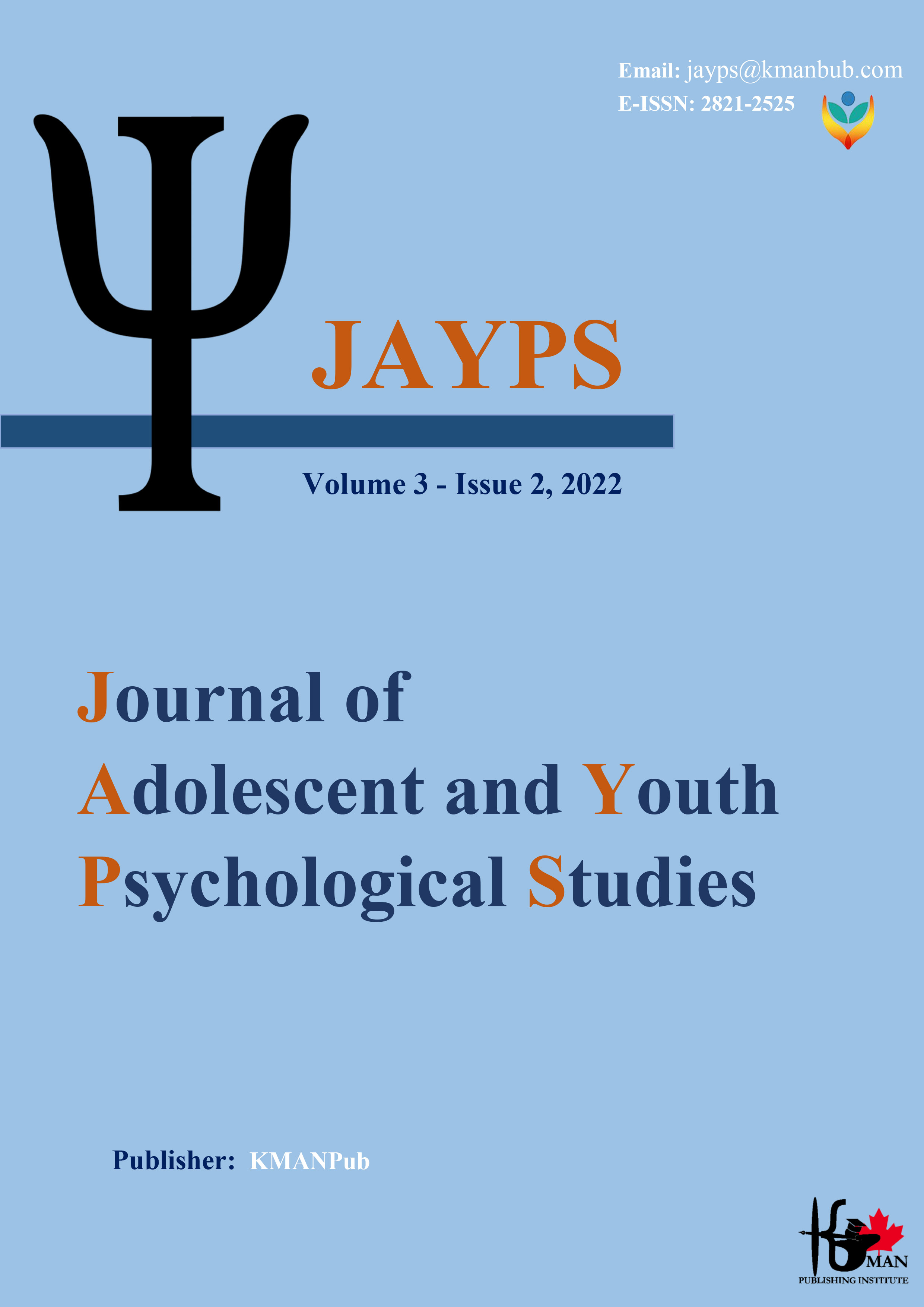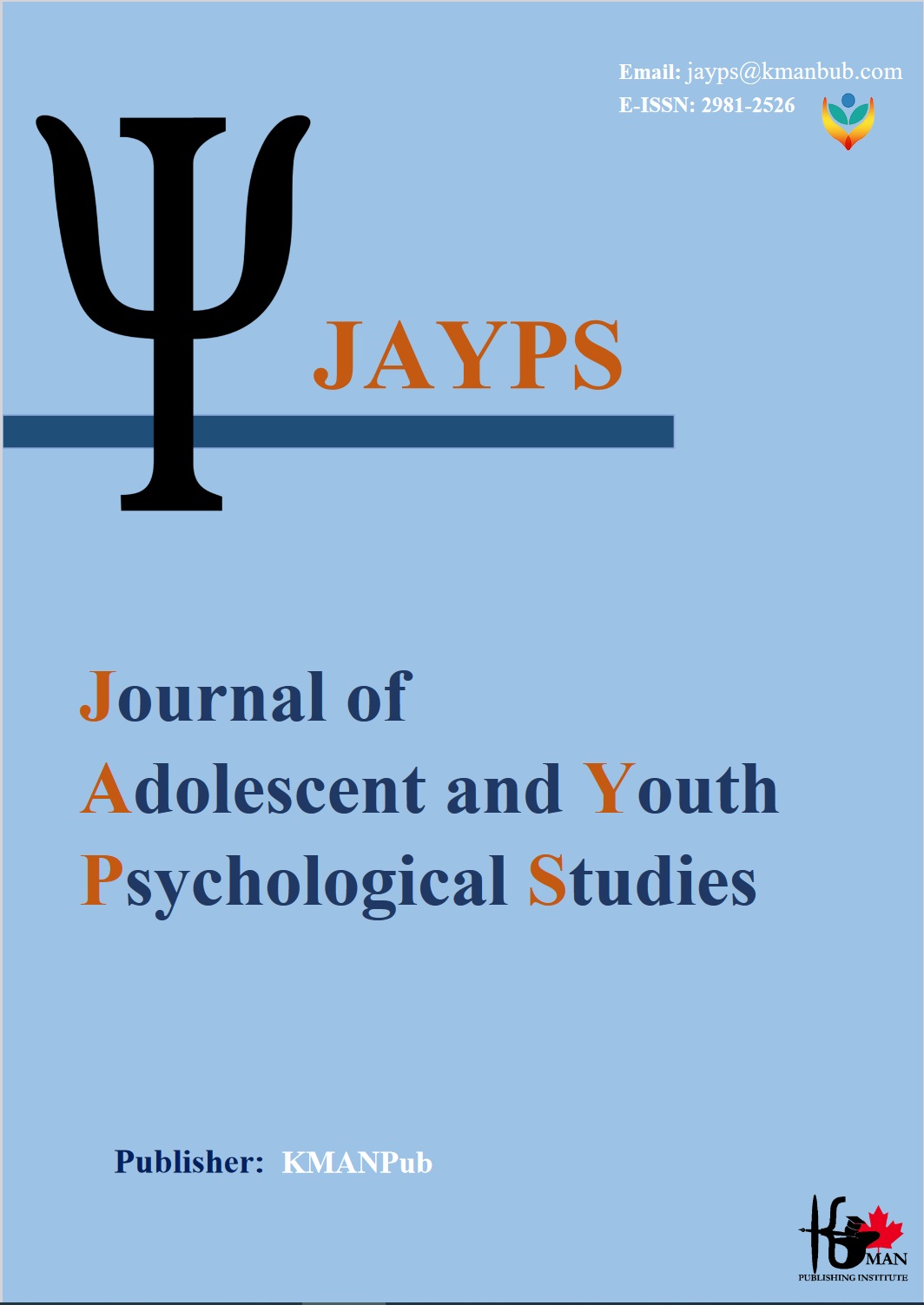Providing a model for evaluating the quality of the elementary school curriculum in Tehran
DOI:
https://doi.org/10.61838/kman.jayps.3.2.20Keywords:
Conceptual Model, Evaluation, Quality, Curriculum, Elementary PeriodAbstract
Background and Aim: The purpose of this article was to provide a conceptual model for evaluating the quality of the Tehran Elementary School curriculum. Method: The research method was in terms of practical purpose and one of the consecutive (quantitative qualitative) research research, which was performed in a qualitative section based on the Grandad model and in the quantitative part, descriptive. In the qualitative section of the research field, a number of education experts and evaluation specialists and in the quantitative section, all male and female elementary school teachers in Tehran, 23593 in the academic year 1401. And in the small section, 377 people were selected by random and cluster according to the Kerjcie and Morgan table. The research tool of the researcher -made questionnaire consisted of 108 items, which were used in a short dimension of appearance, content and structural validity. The CVR was also approved and approved by experts in a qualitative dimension, and Cronbach's alpha with a coefficient of 0.855 was calculated and reliability was confirmed and the collected data were analyzed. Results: The results of the analysis of the questions showed that the conceptual model of evaluation of the quality of the Tehran Elementary Curriculum Program Curriculum includes: Casual Conditions: (Strategic Thinking, Generalization of Objectives) Central Conditions Including: (Evaluation of Motivational, Practical and Educational Activities) Background Conditions Includes: (cultural and sports facilities, educational facilities, welfare facilities) Interventionist conditions include: (lack of resources and inappropriate distribution, poor foresight, individual and organizational communication, lack of work discipline) Strategies include: (flexibility, curriculum sequence, curriculum sequence The usefulness of the curriculum) and the consequences include (improving the look of the curriculum, improving the content of the curriculum, drawing vision, the development of national identity). Conclusion: The elementary school curriculum evaluation model had a good structure.
Downloads
Downloads
Published
Issue
Section
License

This work is licensed under a Creative Commons Attribution-NonCommercial 4.0 International License.







